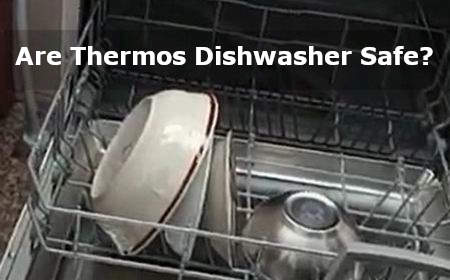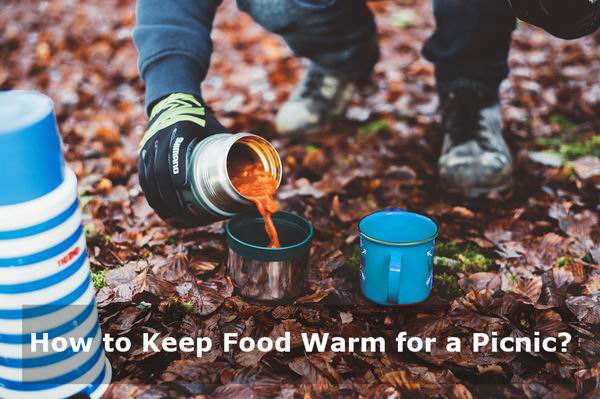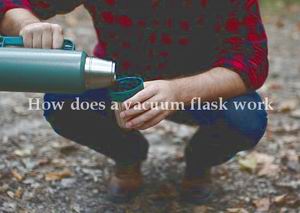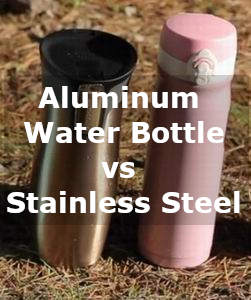
How does a non-taxable product bypass the ban because liquids cannot be transported on an aircraft? Each airline prohibits the boarding of liquids in containers larger than 100 mL. As a result, can you bring a metal water bottle on a plane?
It is worth noting that the total amount of liquid on an aircraft per passenger is 1 liter. However, this rule does not apply to non-taxable consumption. Below are the reasons why this is happening.
Safety Issues
In the early 2000s, airports and aircraft attempts increased. Aircraft were transported disguised as liquid and explosive. After preventing a major terrorist attack, supposedly a “wet bomb,” airlines decided to limit the liquids that could be transported on aircraft.
Containers Larger than 100 ml are Not Allowed on Board
Explosives built at the time could destroy an entire aircraft in one move. However, terrorists needed much larger fluid containers to do this, which is accepted today. Therefore, security personnel concluded that it is as safe as possible to transport fluids in 100 mL volumes.
Prohibited Liquids and Other Items on the Plane
In addition, the list of commodities that fall into the fluid category is quite extensive. It is more than just the usual water, juices, and other beverages. Cosmetics such as mascara, consoles, children’s foods, pastes, gels, and medicines also fall into this category. The latter can be discussed individually with the airport staff.
Frequent passengers have long been accustomed to the restriction that up to 100 mL may be transported on an aircraft in a container. However, the official rules are as follows:
Liquids in containers larger than 100 mL will only be accepted for transport if the container is partially full. Exceptions from this rule are medicines in quantities necessary for the flight, special nutritional requirements, and childhood foods, including baby milk.
Empty bottles or containers are prohibited from being transported as aircraft luggage. In fact, this rule applies to most airports so that empty liquid containers are seized and thrown out during pre-flight control. Plastic water bottles you might want to fill from the fountain in the waiting area will also be discarded with the trash, and you may be asked to throw in an empty warm one, but this is seldom the case. Of course, whether you get an empty control bottle before your flight depends largely on that airport and even the respective security guards. But for negligence. Such things are best placed in luggage, so don’t suddenly say goodbye to your favorite warm or collectible bottle at the security check.

Airplane Liquids – Allowance to Duty Free
With the introduction of a strict ban on transporting liquids, tax-free sites did not lose customers. This is because the rules do not apply to goods sold in tax-free stores. Only the entry rule must be followed when purchasing tax-free drinks—the number of liters each person may bring in and whether they are alcoholic beverages or not.
All items purchased at duty-free stores are pre-selected and therefore known to be safe. Remember, however, that containers and bags must not be opened. In addition, items should be sealed in their original bags, and evidence should be maintained of the transfer of goods from a non-taxable store.
When transporting such markets, one should be familiar with the regulations governing the weight of the luggage. In many cases, purchased liquids may exceed the allowed weight, for which you will have to pay an additional fee or reject the product. In addition, some companies have different rules regarding transferring such items, so it is advisable to prepare in advance.
So, are Metal Water Bottles Allowed on Planes?
Regulations do not allow you to bring your own drinks onto the aircraft. The only exception is liquids purchased directly from the living room or duty-free. However, it is clear to everyone that a bottle of water purchased at the airport can be several times more expensive. What if you win little and really do not want to need water on the plane? Here are some tips for you.
It should be noted that airport staff may only sometimes be cooperative, but it is possible to try these methods and still be absolutely legal to try.

Life Hacks for Getting Bottled Water on an Airplane
It is worth noting that some passengers are lucky. Airport staff is blind to small bottles of water that they forget to get out of their backpacks. Try putting it in your bag. However, make the bottle manageable: 0.5-0.6 liters. If you are very selective at the airport, you can always take it out and complain about the memory.
There is another way to carry water on the plane and in the waiting room, but it is certainly not to complain to the airport staff. According to the regulations, passengers are entitled to carry liquids in their luggage in containers not exceeding 100 mL. Overall, the volume of the liquid must not exceed 1 liter. Therefore, no one prevents you from throwing water into 10 bottles of 100 mL and let them safely pass through the luggage control. Finding such bottles is another matter.
Another absolutely legal way to get water onto an airplane is to freeze it. According to the rules of the TSA (U.S. Federal Service for Transportation Safety), the global regulator of air transport safety, ice is considered a solid, not a liquid. Therefore, it is safe to take him on board an aircraft. Fry a bottle of water and look proudly at the controls. No one has the right to take your ice cube with them.
However, there is an important “but”. The water must freeze on the ice on top of the piece. Once it begins to melt, you will need to say goodbye with my favorite bottle. Please use your own cooler bag or ask the store owner who will agree to put a bottle of water in the fridge before your flight (yes, it happens!).
Are Metal Water Bottles Better than Plastic?
Do not buy plastic bottles “blind”: look at them in the store and ask to open them. If there is a strong “chemical” smell inside, this is why look for other options. What else should I keep in mind when choosing between metal and plastic?
Plastic is Not Perfect
It is said that metal cannot withstand heat. However, plastic water heats to body temperature in 1 hour at +30C heat. A t-30C, a t-30C, it will inevitably freeze in an hour and a half. If you need thermal insulation, buy a metal bottle with a leather cover. Or keep warm.
It would help if you did not throw alcohol into plastic for long. As part of its action, phthalates (plasticizers) are available from the material and have no health value. In addition, unwitting manufacturers can make bottles from less expensive but officially tested plastic rather than food plastic. This can be verified by examining the specifications (product documentation) and markings on the container itself.

Water in Plastic Varies
To clarify: even if you don’t drink it, water can spoil in 2-3 weeks in any container. And if you drink it, even a few days is enough. Bacteria can get into bottles and bottles with saliva. The more intoxicated you already are and the hotter the environment, the fresher it will stay.
Only glass bottles are recommended to store water for more than a week. For plastic, the guideline is much shorter – 6 to 8 hours. For metal, up to 1 day. The exception is pure silvercake in them – had them in emergency supplies. The water in them is supposed to stay fresh for a year or more, but this is a temporary view. Accurate experimental data is generally not available.
Occasionally, water may boil directly into the bottle. But obviously, not from plastic – only from metal. Not from any species – aluminum will not withstand overheating. With uncoated steel, it is also best not to experiment – it burns easily being less thick.
But you can boil in a stainless steel bottle; under two conditions, the metal is very thick, at least 1.5 mm, and you can hang the container. If you put it on fire there is always the risk of burning.
The only thing that puts plastic ahead is definitely lightness: a 1.7-liter stainless steel bottle weighs more than 1.5 kg. A plastic bottle of the same volume weighs 7 to 8 times less. However, the difference is noticeable for large volumes and not really noticeable for a 7 oz. bottle.
Why Do I Need to Wash the Bottles?
If the flask is not washed and kept warm after drinking, drinking it in a month or two is dangerous. There is only one solution. After each use, the bottle must be washed—any type: plastic, metal, or even glass.
No special substance is needed for this. Pour one-third of the water into the bottle, add 5-6 drops of detergent, cover, and shake for 2-3 minutes. Then rinse well.
Do not pour alkaline liquids into aluminum bottles or use alkaline cleaners, as the metals will react. Stainless steel can be treated with acid, alkali, and boiling water.
If the bottle is filled with normal boiling water and stored for less than 6 hours, rinse the container without detergent and wipe the neck with a damp cloth.






